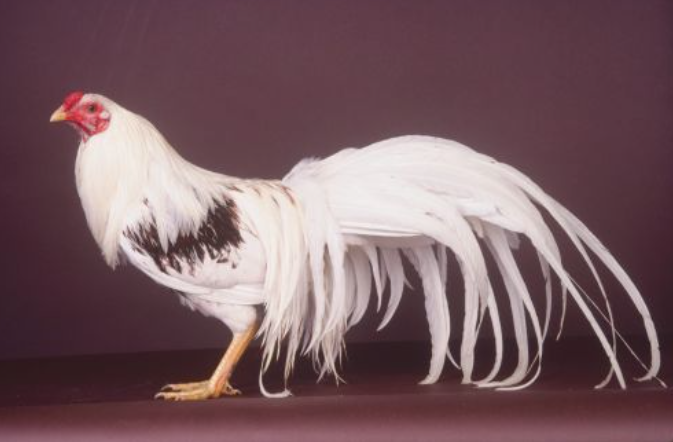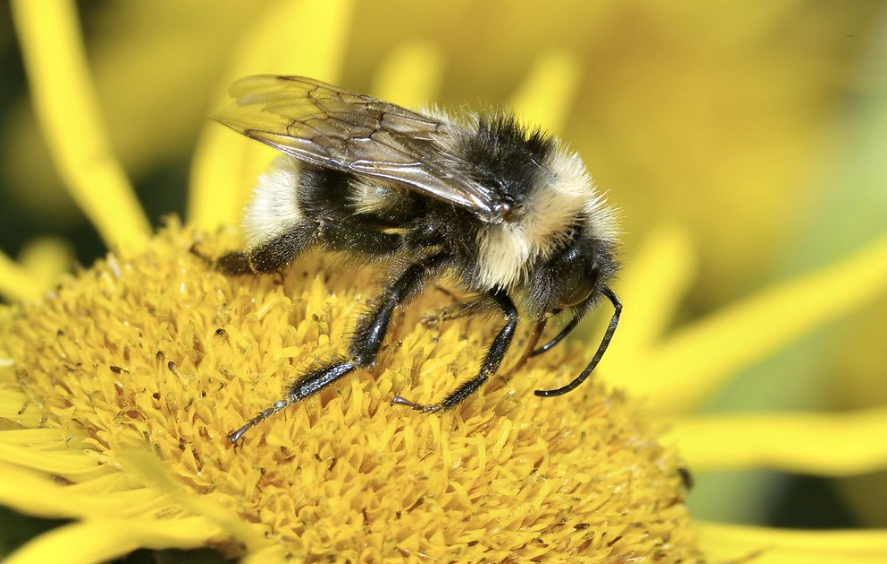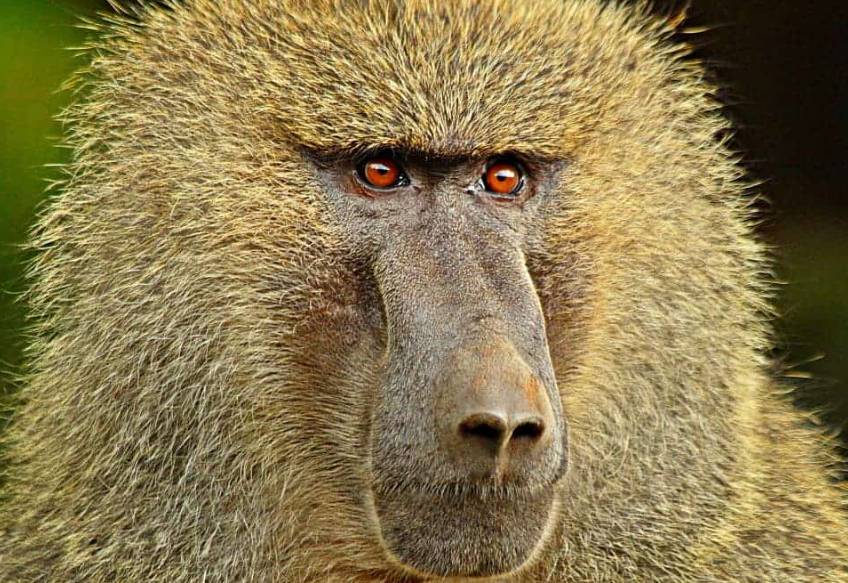
Fascinating Facts about Baboons and Their Intriguing Behaviours
Baboons are a species of monkey that lives in Africa and Arabia.
They can be found in various environments, including rocky areas, open forests, and savannas.
The five recognised species of baboons are the olive, yellow, chacma, guinea, and hamadryas baboons.
These medium- to large-sized monkeys resemble dogs with their short tails, long pointed canine teeth, and dog-like muzzles.
Here are more facts about baboons:
Top 10 Quick Facts about Baboons
| SCIENTIFIC NAME | Papio (various species, e.g., Papio anubis, Papio cynocephalus) |
| CLASSIFICATION | KINGDOM: Animalia CLASS: Mammalia ORDER: Primates FAMILY: Cercopithecidae PHYLUM: Chordata GENUS: Papio |
| SIZE | 1 to 1.2 meters tall, approx. 30-50 kg in weight |
| HABITAT | Grasslands, savannas, and open woodlands of sub-Saharan Africa |
| DIET | Omnivorous – Fruits, seeds, roots, insects, and small animals |
| SPECIES | Olive baboon (Papio anubis), Yellow baboon (Papio cynocephalus), Hamadryas baboon (Papio hamadryas) |
| COUNTRY | Sub-Saharan Africa, with some species extending into parts of the Arabian Peninsula |
| GESTATION PERIOD | Approximately 6 months |
| LIFE SPAN | 45-50 years in the wild, up to 70 years in captivity |
| CONSERVATION STATUS | Varies by species – Most baboon species are considered “Least Concern” (LC), but the Hamadryas baboon is listed as “Near Threatened” (NT) in some regions |
Communication Methods, Hierarchy, and Social Interaction Facts about Baboons
Baboons are primates native to Africa and Arabia.
They are known for their unusual appearance, including hairless faces and large pointed canine teeth.
Baboons are social animals that live in large groups called troops, which may consist of up to 200 members.
Living in these large groups, baboons form intricate social systems and are highly gregarious creatures.
Dietary Preferences of Baboons, Including Their Omnivorous Nature
Baboons are omnivores, consuming both plants and animals.
They eat other primates, small animals, fruits, seeds, and insects.
Baboons have been observed scavenging for food, even consuming human waste if available.
Baboons are intelligent animals, using tools such as sticks to search for insects or pebbles to crack open nuts.
In addition to grooming, playing, and interacting with each other, baboons communicate through various vocalisations and body language.
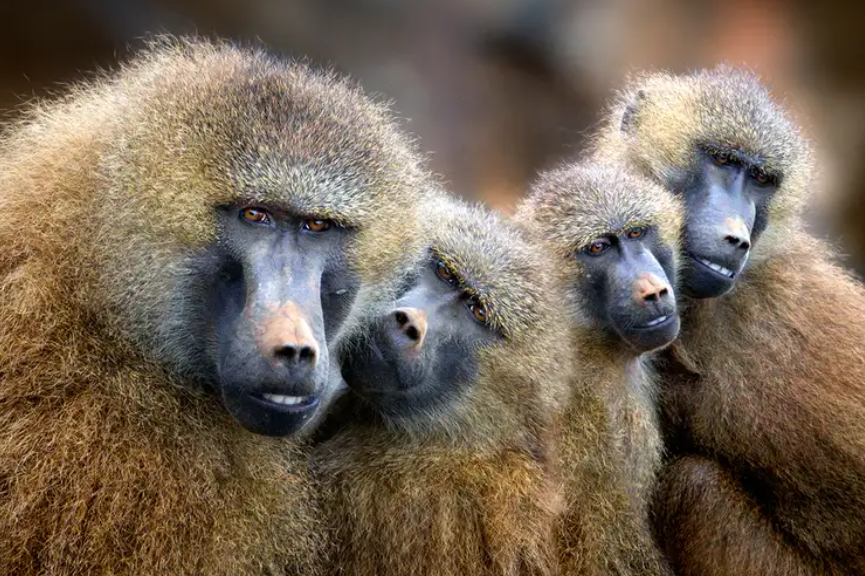
Physical Appearance of Baboons: Size, Weight, and Distinctive Features
Communication plays an essential role in establishing authority and maintaining social bonds.
Since baboons are omnivores, their diet changes depending on the availability of resources.
Baboons are clever and renowned for their problem-solving skills.
They are mostly monogamous, with young raised by their mothers and other members of the troop.
Baboons exhibit territorial behaviour, marking their territory with scent markers and vocalisations.
To protect themselves from dangerous predators like lions, leopards, and hyenas, baboons have developed a strong social structure.
Habitats Baboons Inhabit, Such as Savannas, Grasslands, and Forests
Crop raiding and pest status are some of the issues that arise from human interaction with baboons.
While some baboon species have stable populations, others face decline due to habitat degradation, hunting, and other human activities.
The conservation status of baboon species varies.
Baboons belong to the Old World monkey family.
They are widely distributed across Africa, from Ethiopia and Somalia to southern Mauritania and northern Senegal.
They also inhabit the southern Arabian Peninsula.
Baboons are the largest of all monkey species, with males weighing up to 60 pounds.
Baboons are generally omnivores, eating a wide range of foods such as fruits, grasses, small bushes, large insects, small vertebrates, eggs, and occasionally carrion.
Secret Facts about Baboons: Social Structures and Unique Characteristics
Baboons are highly social creatures, living in groups of up to hundreds of individuals.
Baboons form hierarchies based on dominance and subordination, influenced by age, sex, and rank within the group.
Due to their territorial nature, many baboon groups defend their territory from other groups.
Although they spend most of their time on the ground, baboons climb trees and rocks in search of food or safety.
They can live up to 40 years in captivity and up to 30 years in the wild.
Baboons can be identified by their long, heavy tails, close-set eyes, and long, dog-like noses.
They make a wide variety of sounds, from loud alarm calls to grunts, and they are highly vocal creatures.
Baboons use their strong jaws to crack open hard-shelled nuts and fruits.
After a gestation period of about six months, baboons typically give birth to one baby.
Farmers and landowners often consider baboons a nuisance, as they raid trash dumps, steal crops, and even prey on cattle.
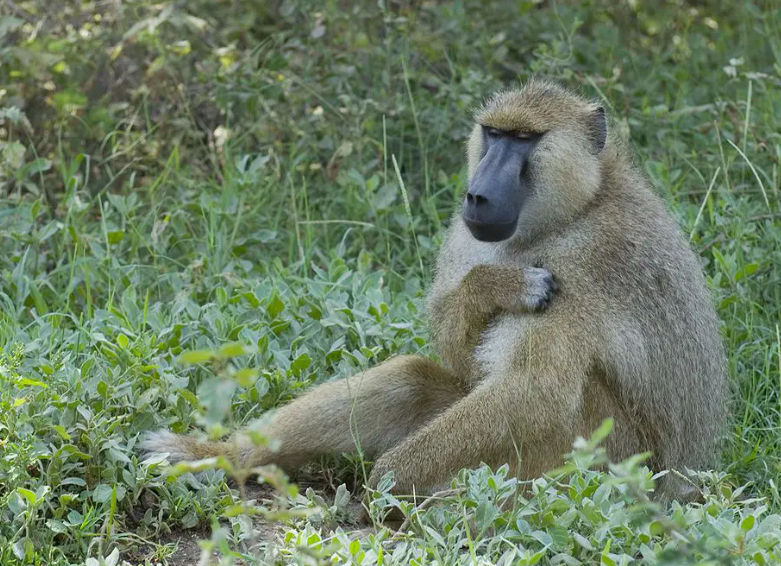
Interesting Facts about Baboons: Habitat, Diet, and Adaptations
1. Habitat
Baboons are native to Africa and live in a variety of environments, such as grasslands, savannas, and forests.
They are highly adaptable and can survive in both hot and cold climates.
2. Physical Characteristics
Baboons are medium-to-large-sized primates with a robust physique.
Their teeth are sharp, their tail stands erect, and they have long, dog-like noses.
Their fur ranges from olive-green to brown, and their hairless faces display various shades of pink, red, and blue.
3. Social Structure
Baboons live in troops, sophisticated social units that may consist of up to 200 members.
A dominant male usually leads the troop.
The core of the troop consists of females and their offspring, but males tend to leave their birth group as they mature.
4. Communication
Baboons communicate using a range of vocalisations, facial expressions, and body postures.
They use different calls to coordinate group movements or alert others to potential threats.
5. Diet
As omnivores, baboons eat a variety of foods.
Their primary food sources include fruits, leaves, seeds, and grass.
They also consume insects, small animals, and birds.
Baboons can crack hard foods, such as nuts, with their powerful jaws and sharp teeth.
6. Intelligence
Baboons are highly intelligent creatures.
They have been observed using tools, such as sticks, to forage for food.
They are quick to adapt to new situations and are skilled at problem-solving.
Their cognitive abilities help them thrive in harsh environments.
7. Reproduction
Females reach sexual maturity between four and six years old, while males mature later.
The dominant male in the troop mates with several females.
Females give birth to a single offspring after about six months of gestation.
The mother and other members of the troop care for the infant.
8. Threats and Conservation
Baboons face threats from poaching, habitat destruction, and conflicts with humans.
Currently, they are not considered endangered, though conservation efforts are in place to ensure their long-term survival.
Protecting their ecosystems is key to preserving their populations.

FAQ (frequently asked questions) about Baboons
Q: What is a baboon?
Ans: A baboon is a large primate found in Africa and parts of Arabia, known for its distinctive facial features and social behaviour.
Q: Where do baboons live?
Ans: Baboons are native to sub-Saharan Africa and live in a variety of habitats, including savannas, grasslands, and woodlands.
Q: What do baboons eat?
Ans: Baboons are omnivores and eat a wide range of foods, including fruits, seeds, insects, small animals, and even bird eggs.
Q: How do baboons defend themselves?
Ans: Baboons use their strong teeth and powerful jaws for defence, and they often live in large groups for protection against predators.
Q: How do baboons reproduce?
Ans: Baboons give birth to live young after a gestation period of about six months, with mothers providing care and protection to their offspring.
Q: Are baboons aggressive?
Ans: Baboons can be aggressive, especially when defending their territory or group, but they also exhibit complex social behaviours.
Q: How long do baboons live?
Ans: Baboons can live up to 45 years in the wild, though their lifespan is often shorter due to predators and disease.
Q: What are the predators of baboons?
Ans: Predators of baboons include lions, leopards, hyenas, and crocodiles, which may target them, especially the young or weak individuals.
Q: Do baboons have any natural enemies?
Ans: Yes, baboons face threats from large carnivores, including big cats and wild dogs, in their natural habitat.
Q: Are baboons endangered?
Ans: Most baboon species are not endangered, but some, like the hamadryas baboon, are vulnerable due to habitat loss and human-wildlife conflict.
#Baboons, #Wildlife, #PrimateLife, #AnimalKingdom, #BaboonsOfAfrica, #SavannaLife, #MonkeyBusiness, #WildAnimals, #PrimateBehavior, #AnimalPhotography, #JungleLife, #WildlifeConservation, #BaboonsInTheWild, #AnimalLovers, #NatureLovers
Our sources and references about Baboons
1: Wikipedia
2: National Geographic
3: Encyclopaedia Britannica
4: Smithsonian Magazine
